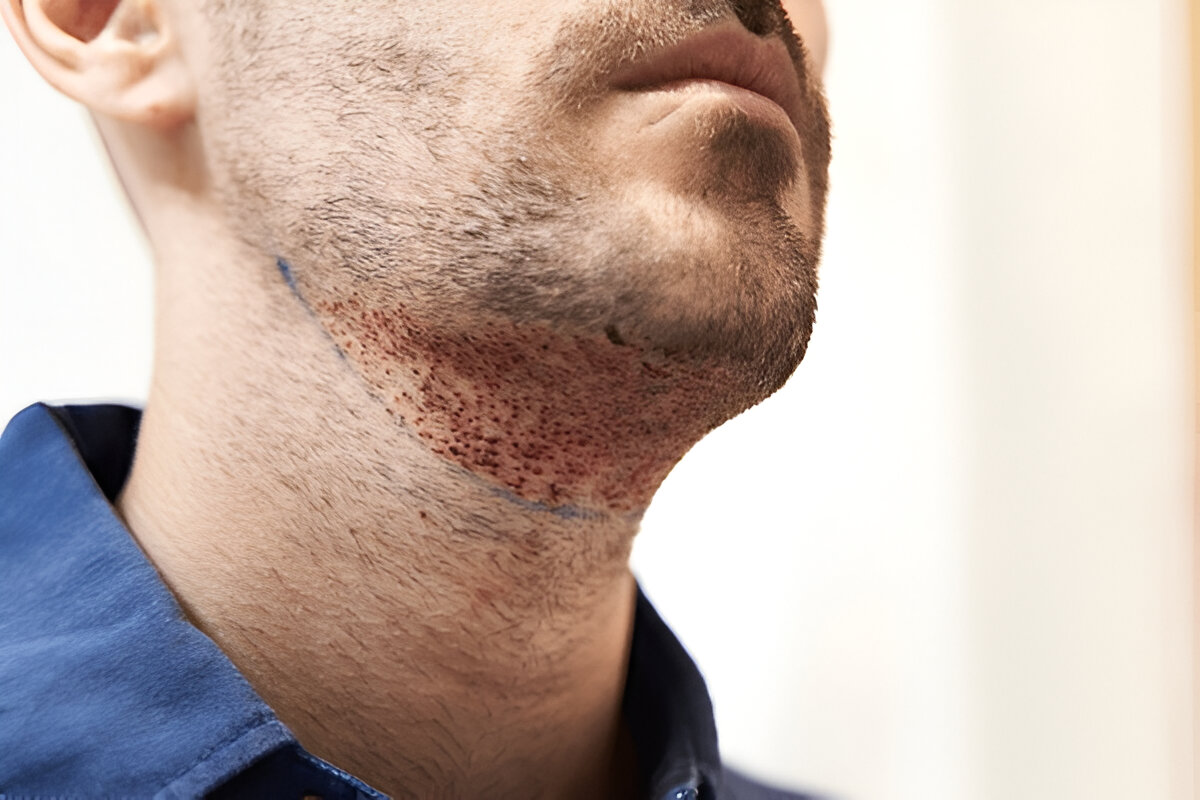What Happens During a Hair Transplant Procedure?
Hair loss can be a deeply frustrating experience, but thanks to advancements in medical procedures, solutions like hair transplants offer hope to those looking to restore their hair. If you are considering a hair transplant in London or a hair transplant UK, you may be wondering what the process involves. Understanding the steps of a hair transplant procedure will help ease any anxiety and give you a clearer idea of what to expect.
The Consultation Process
The first step in the London hair transplant journey is the consultation with a skilled surgeon. During this meeting, your surgeon will assess your hair loss, examine your scalp, and discuss your goals. You’ll be able to ask questions about the procedure, the expected results, and the hair transplant cost.
The surgeon will also consider your age, the extent of your hair loss, and your general health to determine whether you’re a suitable candidate for the procedure. At this stage, the surgeon will recommend the most appropriate technique, whether it’s FUT (Follicular Unit Transplantation), FUE (Follicular Unit Extraction), or another method.
Preparing for the Hair Transplant Procedure
Once you’ve decided to go ahead with the transplant, the preparation phase begins. In the days leading up to the procedure, your surgeon will give you specific instructions. These may include stopping the use of certain medications, avoiding alcohol, and refraining from smoking. These guidelines are crucial, as they help reduce the risk of complications and ensure a smoother recovery.
On the day of the procedure, you’ll arrive at the clinic, and the team will prepare you for the surgery. You will be asked to change into a medical gown, and your scalp will be thoroughly cleaned to minimize the risk of infection.
Administering Local Anesthesia
The first step in the hair transplant UK procedure is the administration of local anesthesia. This ensures that the donor and recipient areas are numbed, making the procedure pain-free. Unlike general anesthesia, regional anesthesia allows you to remain awake throughout the procedure. Some patients choose to relax and even watch TV or listen to music during the surgery.
Once the anesthesia takes effect, you will not feel any discomfort during the extraction or implantation of the hair follicles. This allows the surgeon to work with precision and care, ensuring the best possible results.
Extracting the Hair Follicles
Next, the surgeon will begin the process of harvesting hair follicles from the donor area. If you’re having FUE, the surgeon will use a small, circular punch tool to extract individual hair follicles from the back or sides of your scalp. This technique leaves tiny, discrete scars that are typically not visible once your hair grows back.
Alternatively, if you are undergoing FUT, the surgeon will remove a strip of scalp from the donor area, typically at the back of your head. This strip is then dissected into individual hair follicles, which will be transplanted into the thinning or bald areas.
The extraction process can take several hours, depending on the number of follicles needed. The surgeon will carefully preserve the follicles to ensure they remain healthy for transplanting.
Preparing the Recipient Area
Once the hair follicles are extracted, the next step is to prepare the recipient area, where the follicles will be transplanted. The surgeon will create small incisions in the scalp using a fine needle or blade. These incisions will serve as the sites for the hair follicles to be implanted.
The goal during this phase is to ensure that the incisions are made at the correct angle and direction, mimicking the natural growth pattern of your existing hair. This step is crucial for achieving natural-looking results.
Implanting the Hair Follicles
With the recipient area prepared, the surgeon will begin implanting the harvested hair follicles into the incisions. The hair follicles are placed carefully to ensure they blend seamlessly with the surrounding hair. The number of follicles implanted will depend on the size of the bald area and the desired hair density.
The implantation process is typically time-consuming, as each follicle must be placed with great precision. The surgeon will take great care to create a natural-looking hairline and ensure that the density of the transplanted hair is consistent with the surrounding hair.
Post-Procedure Care and Recovery
After the procedure is complete, you will be given aftercare instructions to ensure proper healing. In most cases, you can go home on the same day, as the procedure is usually performed on an outpatient basis.
You may experience some swelling, redness, or tenderness in the treated areas, but these side effects typically subside within a few days. The transplanted hair may shed during the first few weeks, which is entirely normal. This shedding is part of the natural hair growth cycle, and new hair should begin to grow in its place after a few months.
You will likely need to avoid physical activities and direct sun exposure for the first few weeks after your London hair transplant. The surgeon will also schedule follow-up appointments to monitor your progress and ensure that your scalp is healing correctly.
Long-Term Results
It can take several months to a year for the full results of your hair transplant to become visible. As the transplanted hair begins to grow, you’ll notice that it blends naturally with your existing hair. Over time, the new hair will continue to grow and thicken, providing you with a fuller, natural-looking head of hair.
If you have any concerns about the progress of your hair growth, your surgeon will be available for follow-up visits. Many people find that the results of a hair transplant in the UK are life-changing, providing a permanent solution to hair loss.
Conclusion
A hair transplant in London is a detailed and careful procedure that involves several key stages, from consultation to post-procedure recovery. While the process can be time-consuming, the results are worth the effort, providing a natural and long-lasting solution to hair loss. If you’re considering a hair transplant in the UK, it’s essential to choose a qualified and experienced surgeon to ensure the best possible outcome. With proper care and patience, you can achieve a fuller, healthier head of hair that enhances your confidence and appearance.














Post Comment